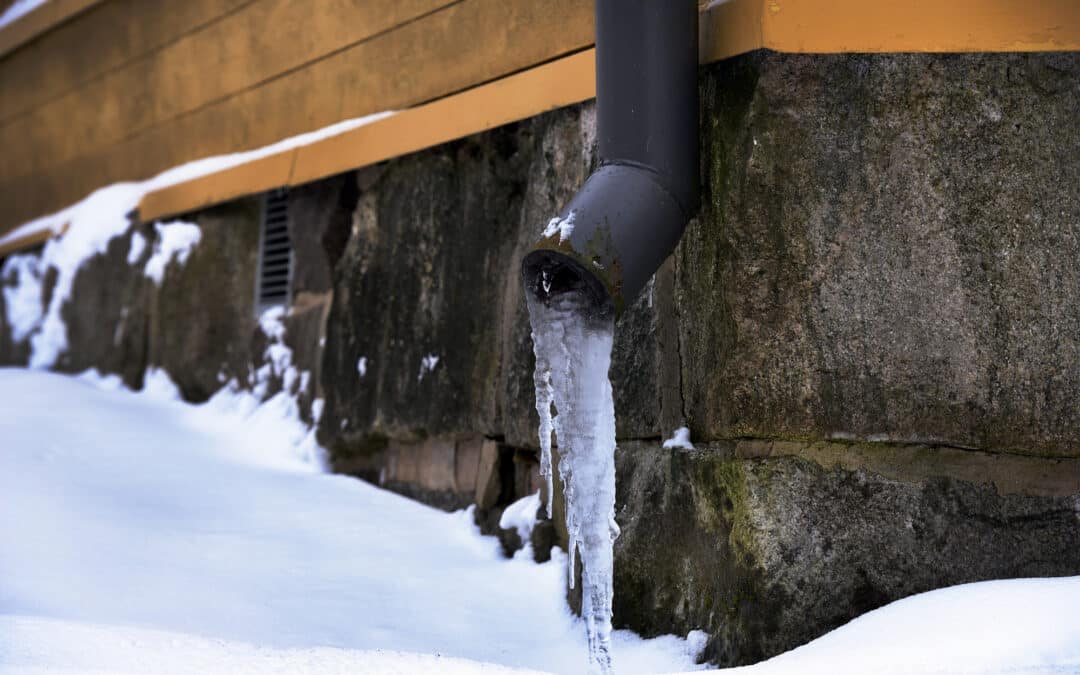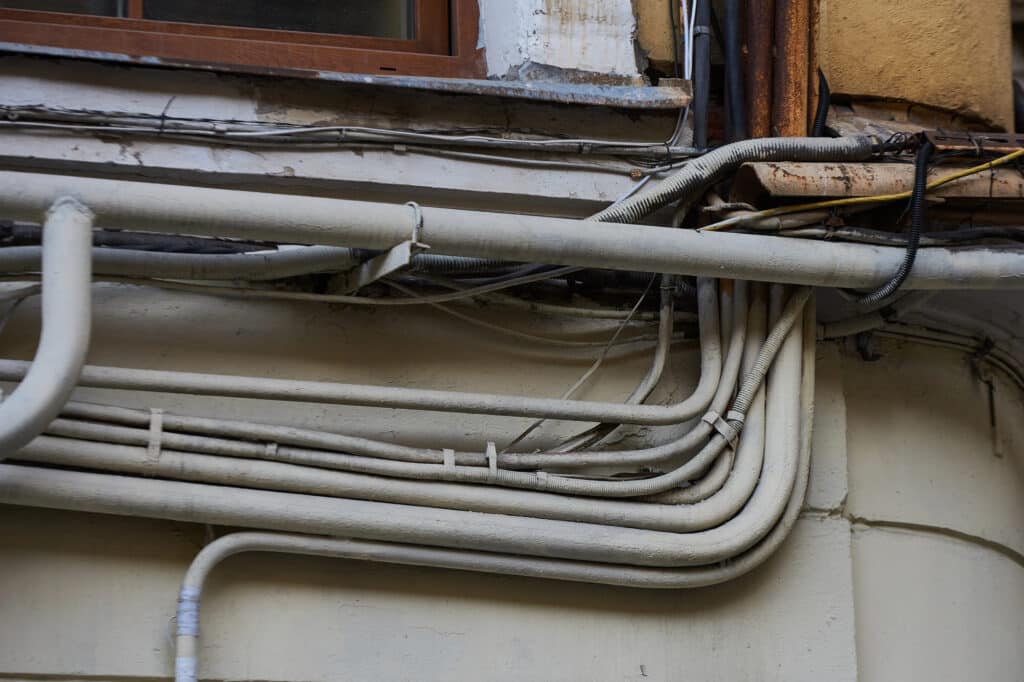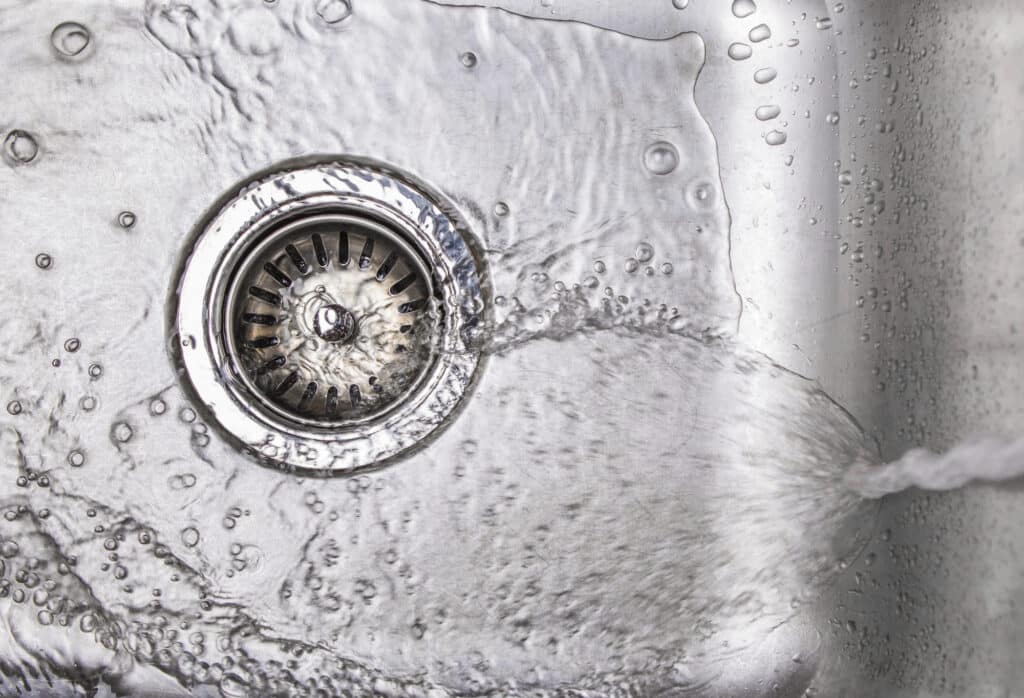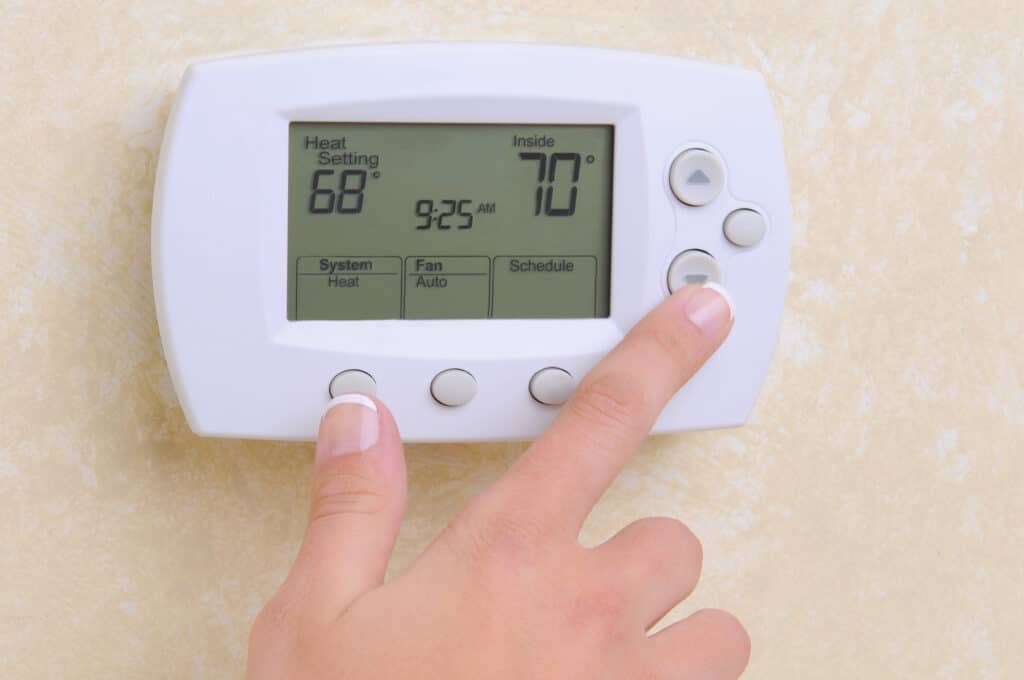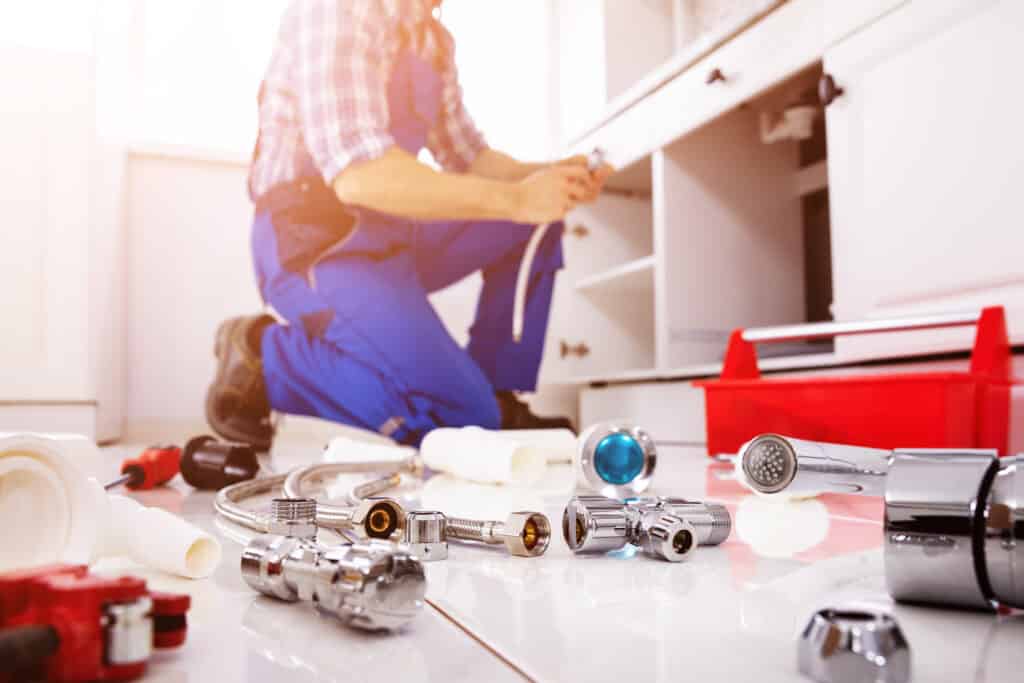Winter in Salt Lake City can be picturesque, with its snow-capped mountains and crisp, cool air. However, for homeowners, winter also brings the potential for plumbing headaches. Icy temperatures can wreak havoc on your plumbing system, leading to frozen pipes, leaks, and costly repairs. Preparing your home’s plumbing for winter isn’t just a task for professionals; it’s something every homeowner can do with a bit of guidance and the right tools. This blog is your comprehensive guide to ensuring your Salt Lake plumbing survives the winter unscathed.
Why Winterizing Your Plumbing Matters
Winterizing your plumbing is crucial for several reasons. First, it protects your pipes from freezing. When pipes freeze, they can expand and burst, which not only disrupts your water supply but also causes significant water damage. Second, winterizing helps maintain efficient water flow throughout the cold months, ensuring that sinks, showers, and appliances run smoothly. Finally, taking these preventative steps can save you money by avoiding costly emergency repairs.
Beyond preventing immediate damage, preparing your plumbing for winter also extends the longevity of your plumbing system. Regular maintenance and winterization mean fewer replacements and repairs over time, making it a wise investment for any homeowner. Additionally, a well-maintained plumbing system consumes less energy, helping you keep utility bills in check during the colder months.
Winterizing your plumbing can be a rewarding task for DIY enthusiasts and local residents who prefer hands-on home maintenance. Not only does it provide peace of mind, but it also empowers you to take control of your home’s upkeep. With some preparation and the right techniques, you can ensure your plumbing system stays in top shape all winter long.
Inspect and Insulate Exposed Pipes
winterize exposed pipes
Exposed pipes are particularly vulnerable to the cold. Start by identifying any pipes that are outside or in unheated areas such as basements, attics, or garages. Once you’ve located these pipes, inspect them for any existing damage, such as cracks or leaks. It’s essential to fix any issues before the colder weather sets in, as even a small crack can worsen in freezing conditions.
Insulating your pipes is a simple yet effective way to protect them from freezing. Pipe insulation materials, such as foam pipe sleeves or adhesive-backed pipe tape, are readily available at hardware stores. Wrap the insulation tightly around each pipe, ensuring no sections are left exposed. This layer of protection helps to retain heat within the pipes, reducing the risk of freezing.
For those who want an extra layer of security, consider using heating cables or heat tape on particularly vulnerable pipes. These products provide a steady source of warmth, further safeguarding against freezing temperatures. Be sure to follow the manufacturer’s instructions carefully when installing these devices to ensure safe and efficient operation.
Maintain Your Water Heater
Your water heater works overtime during the winter to provide hot water for showers, dishwashing, and laundry. To keep it running efficiently, regular maintenance is key. Start by checking the temperature setting on your water heater. Ideally, it should be set to 120°F to provide adequate hot water while minimizing energy consumption.
Sediment buildup can affect the efficiency and lifespan of your water heater. Flushing your water heater removes this buildup and improves performance. To do this, turn off the power supply, attach a hose to the drain valve, and direct the water to a suitable drainage area. Open the valve and allow the tank to empty completely. Once done, close the valve, remove the hose, and refill the tank.
If your water heater is located in a cold area, consider adding an insulation blanket to retain heat. This simple step can reduce heat loss by up to 45%, resulting in significant energy savings. Insulation blankets are easy to install and are available at most home improvement stores.
Check Outdoor Faucets and Hoses
Outdoor faucets and hoses are often overlooked when it comes to winter preparations. However, neglecting these components can lead to frozen pipes and other issues. Before temperatures drop, disconnect and drain all garden hoses. Leaving a hose attached can trap water in the pipes, increasing the risk of freezing and bursting.
Inspect your outdoor faucets for any leaks or drips. If you detect any issues, repair them immediately to avoid further damage during the winter. Once you’re confident the faucets are in good condition, turn off the water supply to these fixtures from the inside and drain any remaining water from the pipes. This step ensures that no water is left to freeze and expand.
Consider installing insulated faucet covers to provide an additional layer of protection against the cold. These covers are easy to attach and remove, making them a convenient option for homeowners looking to safeguard their outdoor plumbing fixtures.
Ensure Proper Drainage
drain cleaning salt lake city
Proper drainage is essential for preventing water from pooling and freezing around your home. Begin by checking the gutters and downspouts to ensure they are clear of leaves, debris, and blockages. Clogged gutters can lead to ice dams, which can cause water to back up and leak into your home, resulting in damage to walls and ceilings.
If your home has drainage systems like French drains or sump pumps, inspect them to ensure they are functioning correctly. A malfunctioning sump pump can lead to basement flooding, which is both inconvenient and costly to repair. Test your sump pump by pouring a bucket of water into the sump pit and checking if it activates and drains the water efficiently.
For homes with a septic system, it’s crucial to ensure proper drainage around the septic tank and drain field. Avoid parking vehicles or placing heavy objects on these areas, as they can compress the soil and hinder drainage. Regularly inspect the system for any signs of blockage or malfunction and address issues promptly.
Protect Your Sewer Lines
Sewer lines are often overlooked during winter preparations, but they can be susceptible to freezing and blockages. Start by having your sewer lines inspected by a professional, such as Electric Drain & Sewer Rooter Inc., to ensure they are in good condition. This proactive approach can help identify potential issues before they become serious problems.
Tree roots and debris can cause blockages in your sewer lines, leading to backups and leaks. Regular cleaning and maintenance can prevent these issues. Consider scheduling a professional sewer line cleaning service to remove any buildup and ensure optimal flow.
In addition to professional maintenance, homeowners can reduce the risk of sewer line issues by being mindful of what goes down the drain. Avoid flushing items like wet wipes, grease, and food particles, as these can contribute to blockages and damage your sewer lines over time.
Monitor Indoor Temperature
monitor indoor temperature
Maintaining a consistent indoor temperature is key to preventing frozen pipes. Set your thermostat to at least 55°F, even when you’re away from home. This temperature provides enough warmth to keep pipes from freezing, while still being energy-efficient.
If you have rooms that are rarely used or receive less heat, such as basements or attics, consider using space heaters or opening cabinet doors to allow warm air to circulate. This simple step can help protect pipes in colder areas of your home from freezing.
For added convenience and control, invest in a programmable thermostat. This device allows you to set specific temperatures for different times of day, ensuring your home remains protected without wasting energy. Many models also offer remote access via smartphone apps, giving you peace of mind when you’re away.
Seal Drafts and Leaks
Eliminating drafts and leaks around your home is essential for maintaining a consistent indoor temperature and protecting your plumbing system. Start by inspecting windows and doors for gaps or cracks. Use weatherstripping or caulk to seal these openings, preventing cold air from entering your home.
In addition to windows and doors, examine other areas where drafts may occur, such as electrical outlets, vents, and attic access points. Insulating these areas can help maintain a stable indoor temperature and reduce energy consumption.
Don’t forget to check your home’s foundation for any cracks or gaps. Sealing these openings can prevent cold air from reaching your pipes and causing them to freeze. Regular inspection and maintenance of your home’s exterior will ensure a comfortable and energy-efficient environment throughout the winter months.
Schedule Regular Maintenance
local salt lake plumber
Regular maintenance is crucial for keeping your plumbing system in top shape. Schedule annual inspections and cleanings with a professional plumbing service like Electric Drain & Sewer Rooter Inc. These experts can identify potential issues and address them before they escalate, ensuring your plumbing system remains reliable throughout the winter.
In addition to professional maintenance, take the time to perform routine checks on your plumbing system. Look for signs of wear or damage, such as leaks, corrosion, or unusual noises. Addressing these issues promptly can prevent more extensive and costly repairs down the line.
Developing a maintenance routine not only protects your plumbing system but also extends its lifespan. By investing time and effort in regular upkeep, homeowners can enjoy a safe, efficient, and worry-free plumbing system for years to come.
Prepare for Emergencies
Despite your best efforts, plumbing emergencies can still occur. Being prepared for these situations can minimize damage and stress. Start by familiarizing yourself with your home’s plumbing system, including the location of the main water shut-off valve. Knowing how to turn off the water supply can prevent further damage in the event of a leak or burst pipe.
Keep essential tools and supplies on hand, such as a pipe wrench, plumbing tape, and a bucket. These items can help you address minor issues until professional help arrives. Additionally, have the contact information of a reliable plumbing service, like Electric Drain & Sewer Rooter Inc., readily available for emergencies.
Educate your family members on how to identify and respond to plumbing emergencies. Ensure everyone knows where the shut-off valve is located and how to use it. By preparing for the unexpected, homeowners can protect their property and maintain peace of mind during the winter months.
Conclusion
Preparing your Salt Lake plumbing for winter is a vital task for homeowners, DIY enthusiasts, and local residents alike. By following the steps outlined in this guide, you can safeguard your plumbing system against the challenges posed by cold temperatures. From insulating pipes and maintaining your water heater to sealing drafts and investing in smart technology, these proactive measures will help ensure a smooth and worry-free winter.
Remember, regular maintenance and timely repairs are key to extending the lifespan of your plumbing system and preventing costly emergencies. By taking the time to winterize your plumbing, you can enjoy a warm, comfortable, and efficient home throughout the chilly season.
For those who want expert assistance, consider reaching out to Electric Drain & Sewer Rooter Inc by visiting their website or calling at (801) 266-8041. Their team of professionals can help with inspections, maintenance, and emergency services. With proper preparation and care, your Salt Lake plumbing system will be ready to face whatever winter throws its way.
